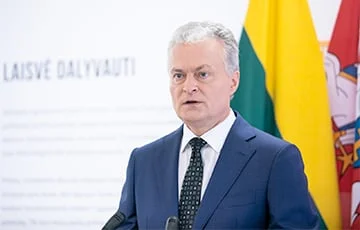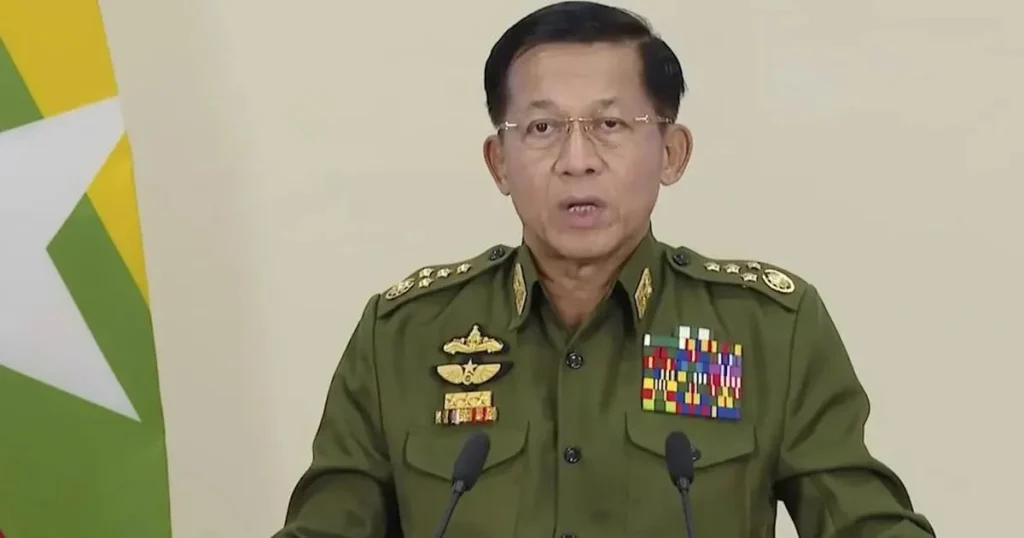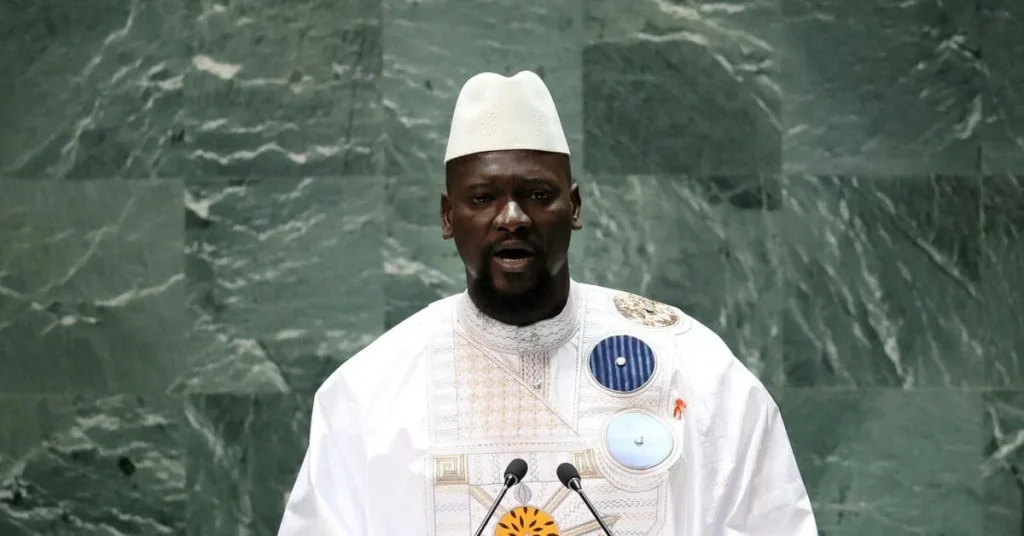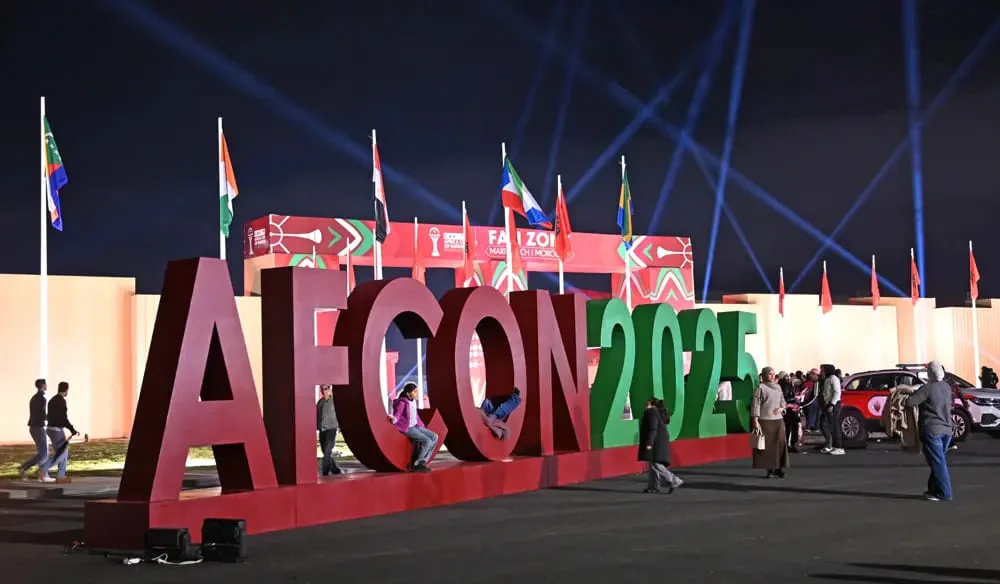On September 11, 2025, Belarus freed 52 political prisoners, including journalists, activists, and trade union leaders, in a deal with US President Donald Trump. The release followed talks between Belarusian leader Alexander Lukashenko and US envoy John Coale in Minsk. Over 1,000 political prisoners remain jailed.
US Sanctions Relief
In exchange, the US lifted some sanctions on Belarusian airline Belavia, allowing it to buy aircraft parts.
Belavia faced sanctions since 2021, when Belarus forced a Ryanair flight to land in Minsk to arrest journalist Roman Protasevich. The deal also discussed reopening the US embassy in Minsk, closed since 2022.
Key Figures Released
- Mikola Statkevich: Veteran opposition leader and 2010 presidential candidate.
- Igor Losik: Journalist sentenced to 15 years in 2021.
- Vladimir Matskevich: 69-year-old philosopher.
- Julia Fenner: UK-Belarus dual citizen, recently detained.
Regional Tensions
The release came before the Zapad-2025 military drills with Russia, prompting Poland to close its border with Belarus until September 16, 2025. Latvia also restricted its airspace. Poland reported Russian drone incursions, escalating regional tensions. Russia criticized Poland’s border closure as “confrontational.”
Lukashenko’s Strategy
Lukashenko, in power since 1994, called the release a humanitarian gesture. Facing Western sanctions over ties to Russia’s Ukraine invasion, he seeks better US relations.
Many freed prisoners, including Sergei Tikhanovsky, were jailed after 2020’s disputed elections. Some, like Statkevich, refused exile and returned to Belarus.
Why It Matters
The deal marks a rare diplomatic breakthrough, easing Belarus’s isolation. However, forced exiles and ongoing detentions highlight persistent repression. The prisoner release, tied to sanctions relief, reflects Lukashenko’s balancing act amid geopolitical pressures.
New York Marks 24th Anniversary of 9/11 Amid Political Tensions






